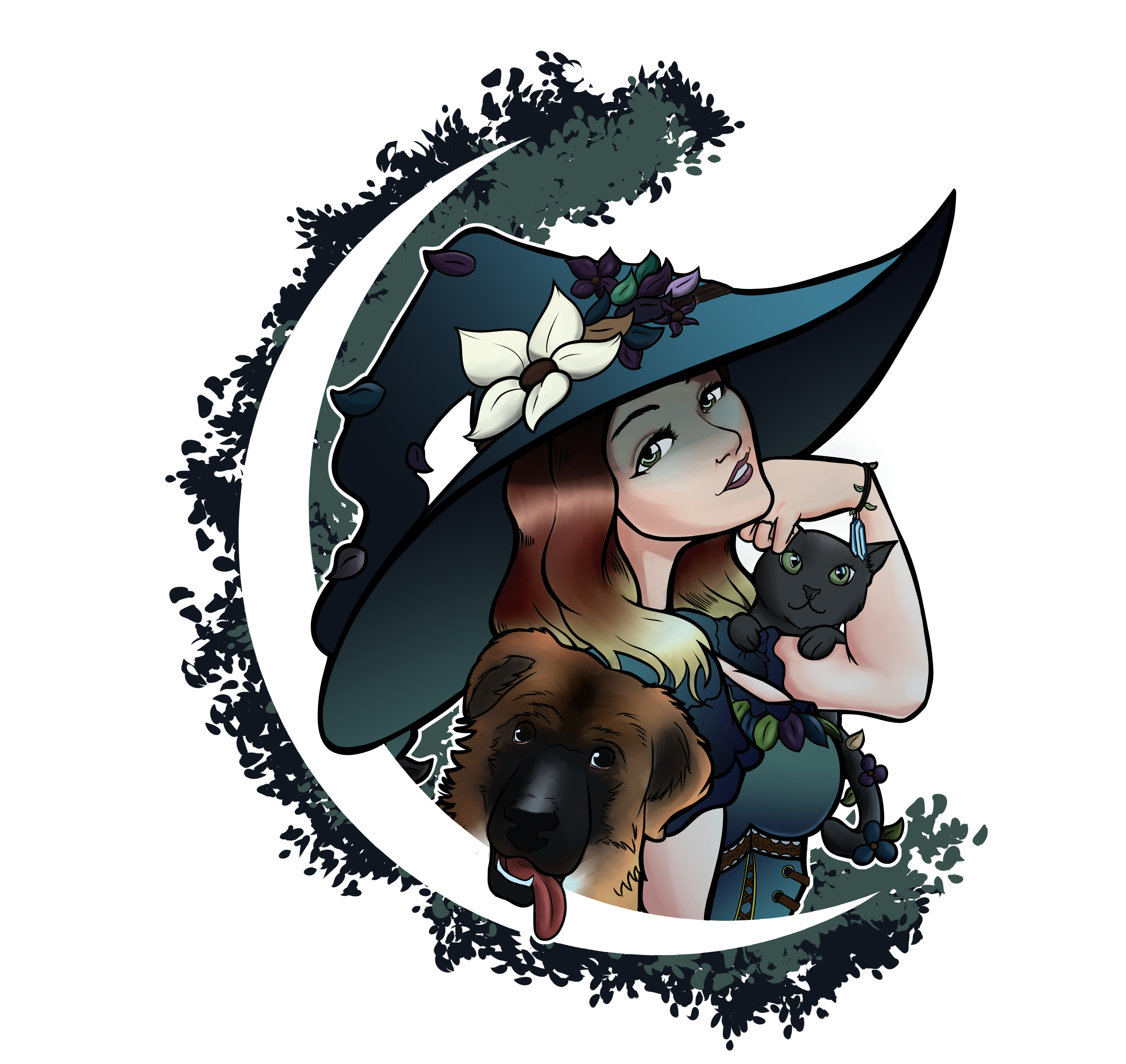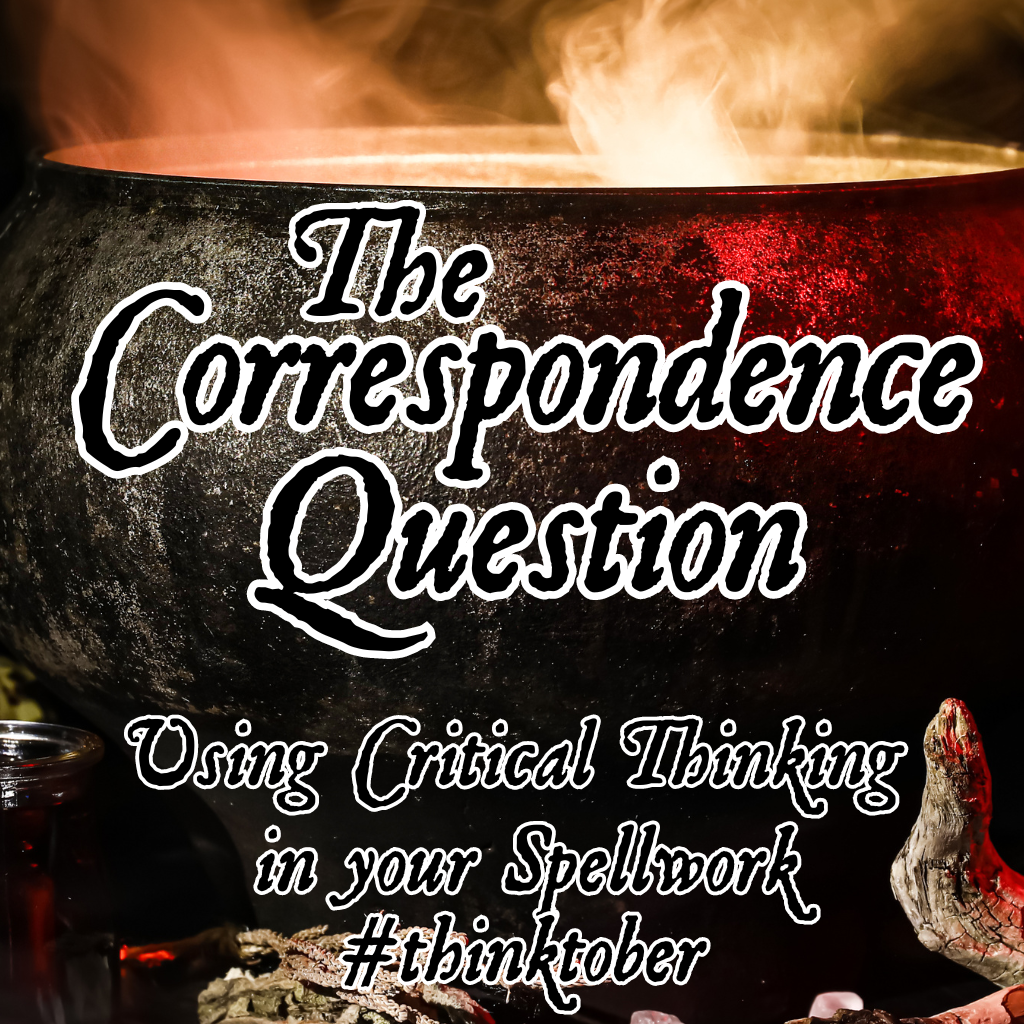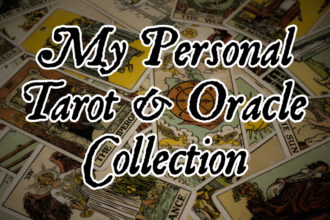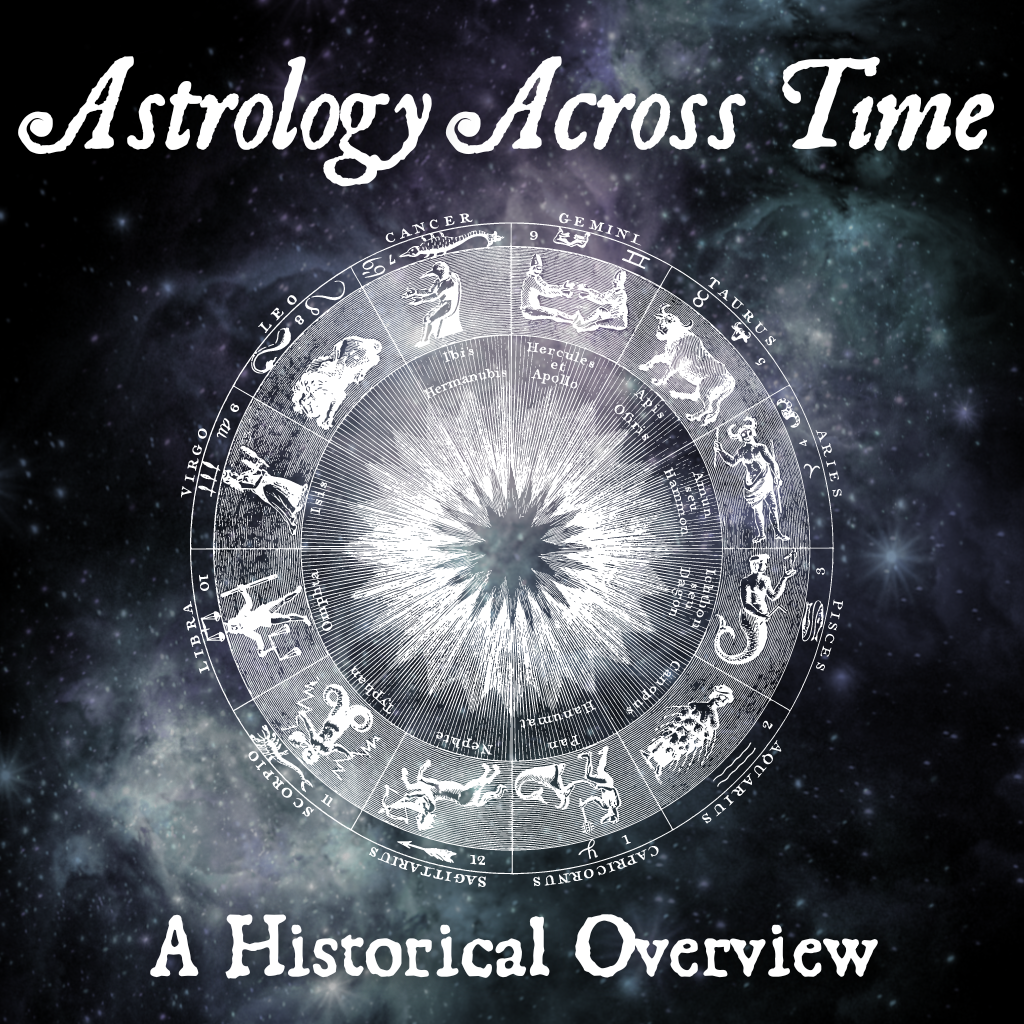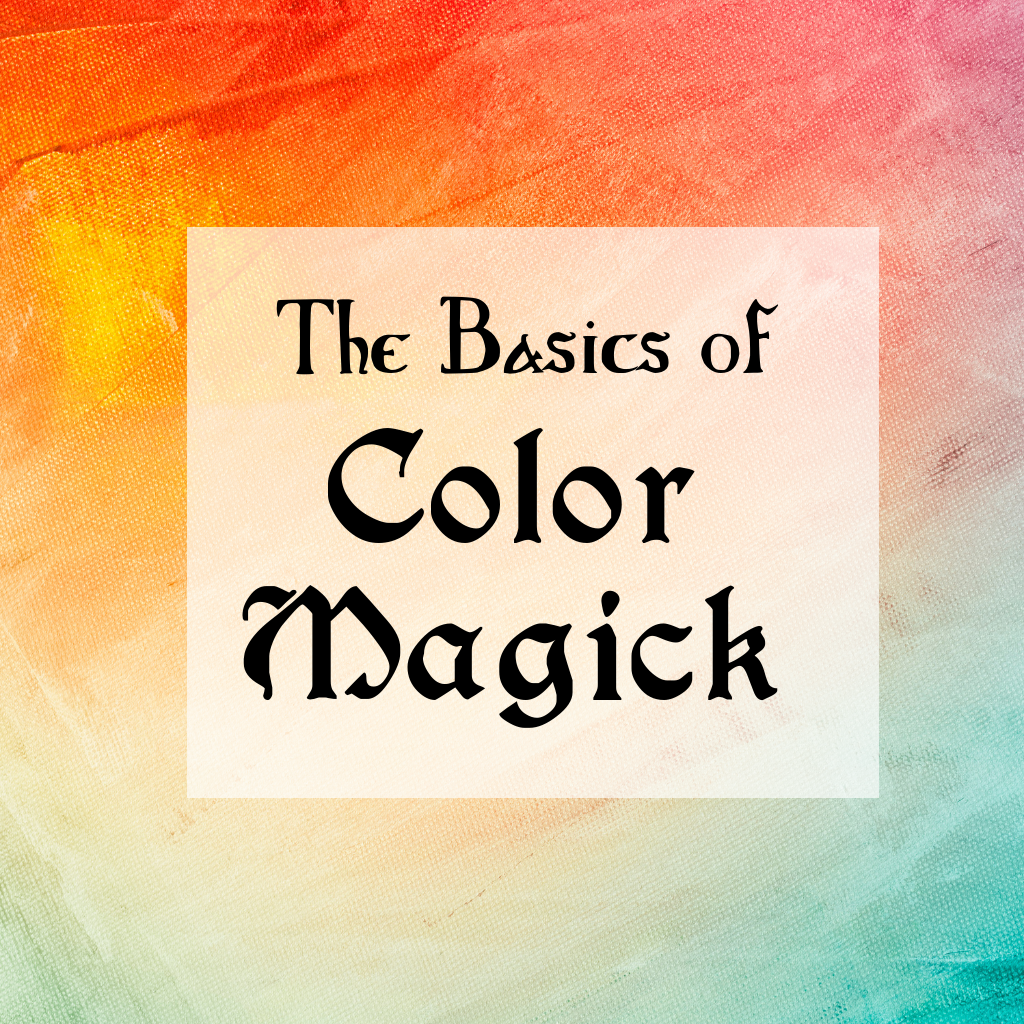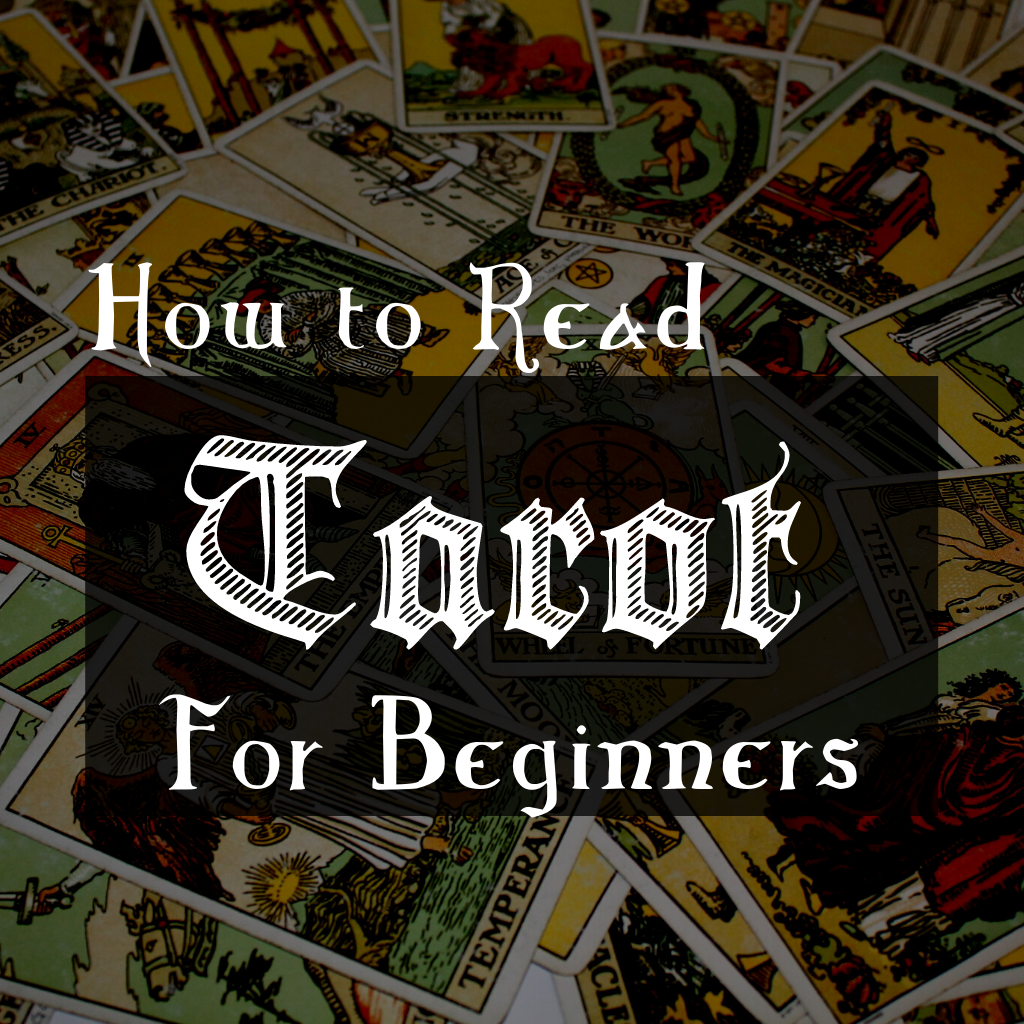How to choose the right ingredients for your witchcraft spellwork. Learning how to apply critical thinking to your craft especially in regards to the materials going into your spells.
"Can I use a Different Ingredient Instead?"
Chances are if you’ve been around any witchy community for a time you’ve seen these questions asked dozens of times to any creator posting a semblance of a spell.
“What if I don’t have lavender?”
“Can I swap clear quartz for tiger’s eye?”
“What else can I use for this intention?”
Nothing is wrong inherently with these questions. In fact I’m happy that the creator has inspired others to think outside of their instructions! But that’s the key here isn’t it? You are going outside their instructions, and all of these questions can be answered very easily (on your own) with a skill that seems to be rarely discussed in the community: Critical Thinking.

What is Critical Thinking?
First coined by John Dewey in his book How We Think (1910) and long since determined an important skill in academia and overall education, Critical Thinking is defined as:
a relation between sets in which each member of one set is associated with one or more members of the other
Merriam-Webster Dictionary
Essentially, using a discerning mind and the resources available to you in order to figure out a potential answer to your question. This method of independent thinking is crucial in this day and age, and can be especially effective when applied to your witchcraft practice!
The Encyclopedia Britannica further breaks down Critical Thinking with these sets of skills:
- Breaking down a problem into its constituent parts to reveal its underlying logic and assumptions
- Recognizing and accounting for one’s own biases in judgment and experience
- Collecting and assessing relevant evidence from either personal observations and experimentation or by gathering external information
- Adjusting and reevaluating one’s own thinking in response to what one has learned
- Forming a reasoned assessment in order to propose a solution to a problem or at least have a more accurate understanding of the topic at hand
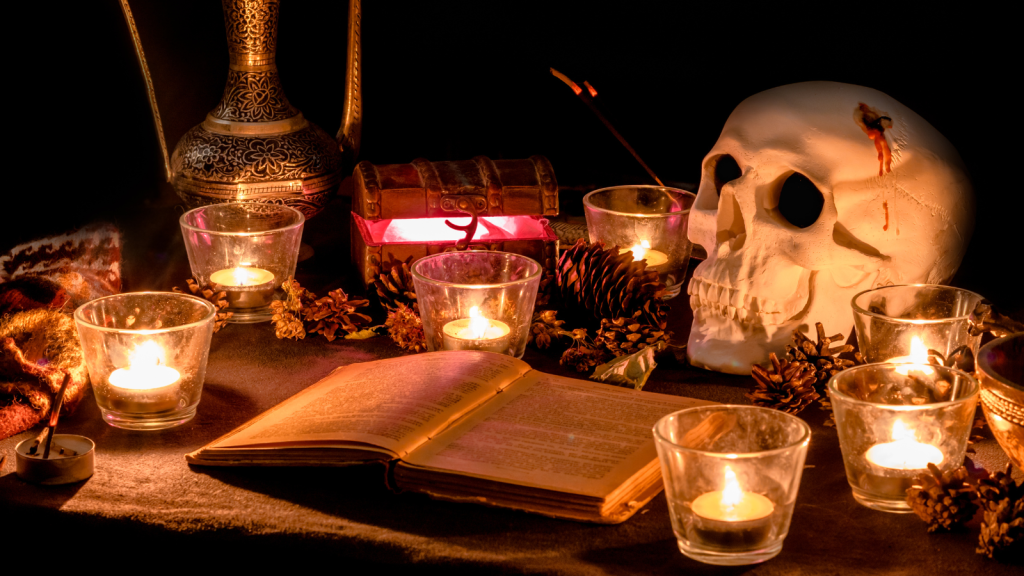
So How can Critical Thinking be applied to a Witchcraft Practice?
The opportunities to apply critical thinking to your magical practice are essentially endless! If you are pushing the boundaries of your knowledge and craft, (which in my opinion….you always should be!) then you should be constantly creating questions about how things work!
- Would the spell work the same if you swapped out a different ingredient?
- Is this resource trustworthy?
- What if you did this working on a different day? Or at a different time?
- How might your results differ when using the same intent but with different methods?
- What’s the best way to get information on a certain topic?
Witchcraft, at least how I choose to practice it, is the art of fucking around and finding out. You will always have questions, and when it gets down to it you need to answer these for yourself to know if it will truly work for you or not.
This skill can be applied in so many different ways to your occult practice and studies. The possibilities are endless! And I’m happy to be one of many creators participating in #Thinktober over on YouTube who are tackling this question together!
In this blog post (or on over on this video) I’ll be focusing on using critical thinking in regards to understanding correspondences and choosing your spell ingredients!
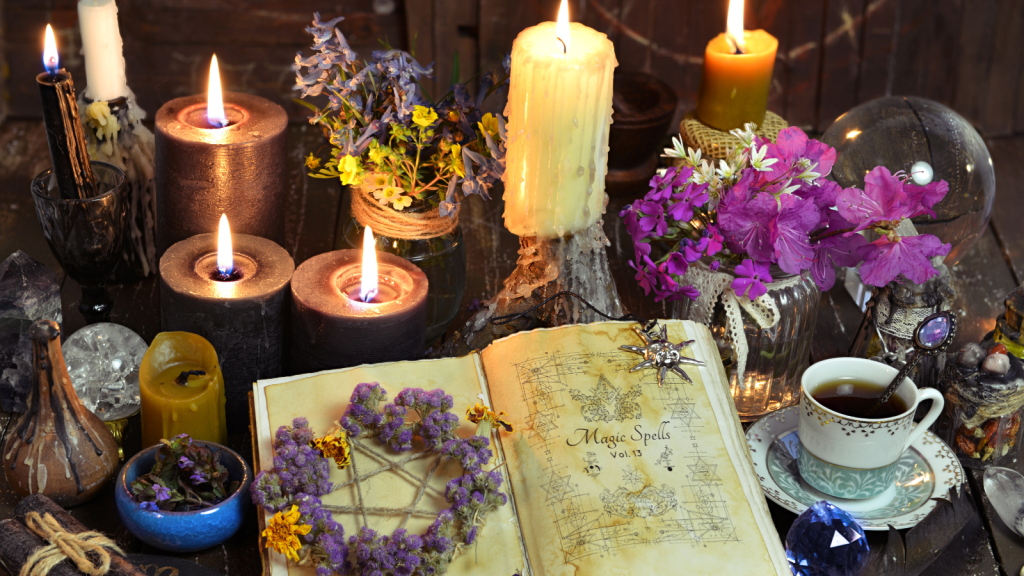
The Correspondence Question
We’ve all been there. There’s a spell you’ve been wanting to try from that book you just read, that video you just watched, or the podcast you just listened to. You scraped together all the ingredients, set your mood music, lit the candles, cleansed your space, and then….crap! You are out of lavender! How can you possibly continue and perform a successful sleep spell without lavender?
This is where critical thinking comes into play. There are a few questions you can ask yourself (don’t bother the creator of the spell! They’ve already given you an outline, now’s the time to take it into your own hands and put your personal twist on it!).
- What was the importance of this item in the spell?
- Does the author of the spell include the reasoning for this item?
- Is the item integral to the spell?
- Is the spell itself based around this particular item? (i.e. If the spell is focused on channeling the spirit of lavender, then it would be considered integral. If it’s a charm bag with various items then it might just be a supplement to the working)
- Without this item, is there enough material to work the spell via the technique provided?
- for example, enough herbs to dress a candle or incense to burn
- Is there another item with similar correspondences that you can use instead?
Depending on your answers to these or similar questions, you have a good idea on whether or not you can continue this working without the item in question! But how do you go about choosing what to replace it with? Now we apply critical thinking to item correspondences!
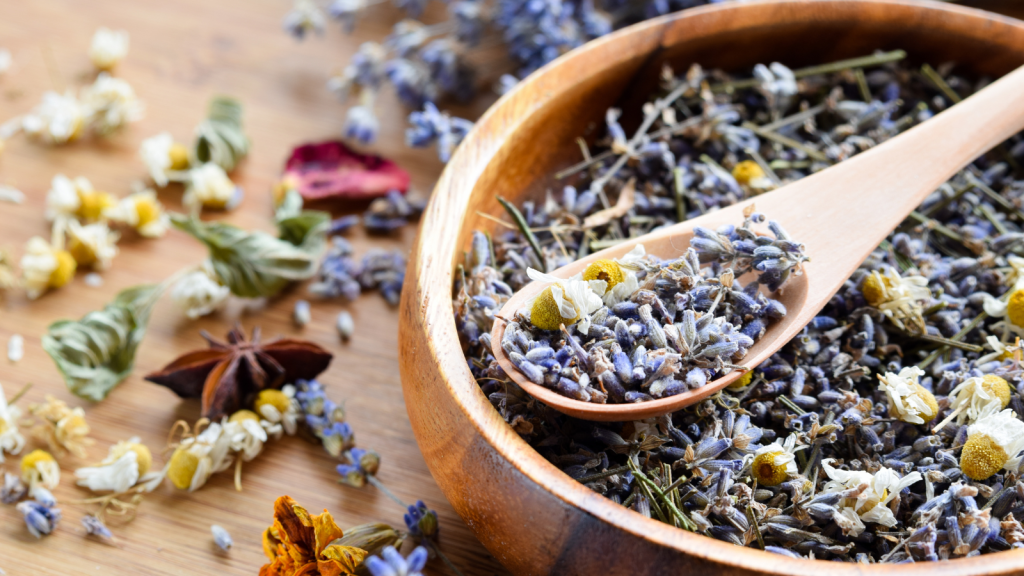
So How Can you Determine an Item's Correspondences?
Let’s start off with what a correspondence is! In the context of Witchcraft and spellwork, we are using this definition of correspondence:
A mode of cognition using deliberative reasoning and impartial scrutiny of information to arrive at a possible solution to a problem
Essentially, everything is connected and relates to some things more than others. Different crystals carry similar energies, different plants can be used to heal similar conditions or aid the same parts of the body. These items are sharing correspondences, and correspondences can be attained through many different ways.
Most of our correspondences we find in witchcraft today come from folklore, usage, and behavior of the thing in question. For example, a tiger is associated with being stealthy, because they are an animal that is camouflaged for their environment and also stalks their prey. Therefore you might use the tiger archetype or imagery for a spell you want to be hidden, or a glamour spell focused on remaining undetected. Crystals are tend to be associated with the earth element because they are usually mined from the ground, but those formed from cooling lava, or those that undergo heat treatment, may now have a heavier association with fire than with earth.
Researching the things you have access to is a great way to being to understand the ways you can use these items in your practice.
Start with your kitchen spices!
- What kinds of foods are usually seasoned by this item?
- Is this spice used more at certain times of the year?
- What kind of flavors does this herb impart?
- What does it smell like? What does it remind you of?
- What part of the world does this item come from?
- What kind of environment does it grow in?
- Is this item used medicinally at all? If so what for?
- Can you find any stories, myths, or folklore about this plant?
Even if you can only answer a few of these questions, you should already start to get a basic idea of what the correspondences for this item might be! There’s also one other way you can determine correspondences, and that is from your personal experience!
Maybe a family member used that spice in your favorite baked-good growing up. Or perhaps the last time you have some food heavily seasoned with that item you got sick. Beyond what the other correspondences might be, you now have a personal relationship with this item, whether it is good or bad.
Another type of personal experience that can influence your craft is called unverified personal gnosis, or “UPG”. This is usually a discovery or experience you have had in your craft, but because it is personal to you others can’t really verify that its true. Now that doesn’t mean that you can’t use that knowledge or if you wish, share it with others. It just means that it came from personal experience and isn’t considered fact.
One example of UPG is that many practitioners, especially those who consider themselves to be Animists. work with the actual spirits of the plants, stones, or animals rather than just the item on its own. From this close relationship they may be granted additional knowledge from the spirit themselves to use in their future spells or magical workings.
Personally, with my background in Biology, I love treating my spells like lab experiments! I love swapping out variables, and doing the same spell multiple times while being sure to record the results. This allows me to build a record of different techniques and materials and how they might each independently affect the spell at hand. Sometimes I consider this to be confirming correspondences from other sources, or my own personal UPG if it varies from what is considered “standard” for that item or technique.
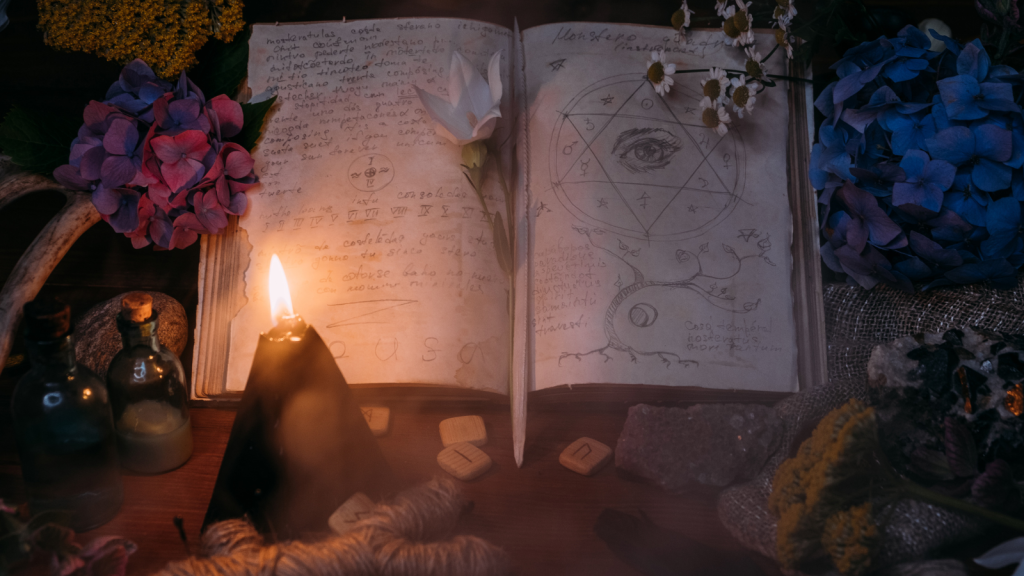
Now Go Forth and Think Before you Cast!
I hope you have enjoyed this little ramble, and have some new ideas perhaps on how to rethink the items you are putting into your spellwork! Witchcraft is all about experiencing things for yourself and experimenting with your own personal magick. So embrace the power of that big wrinkly brain of yours next time your need to replace an ingredient or come up with your own spell; oh and be sure to check out the other amazing creators participating in this collaboration! Happy casting witches, stay wild!
